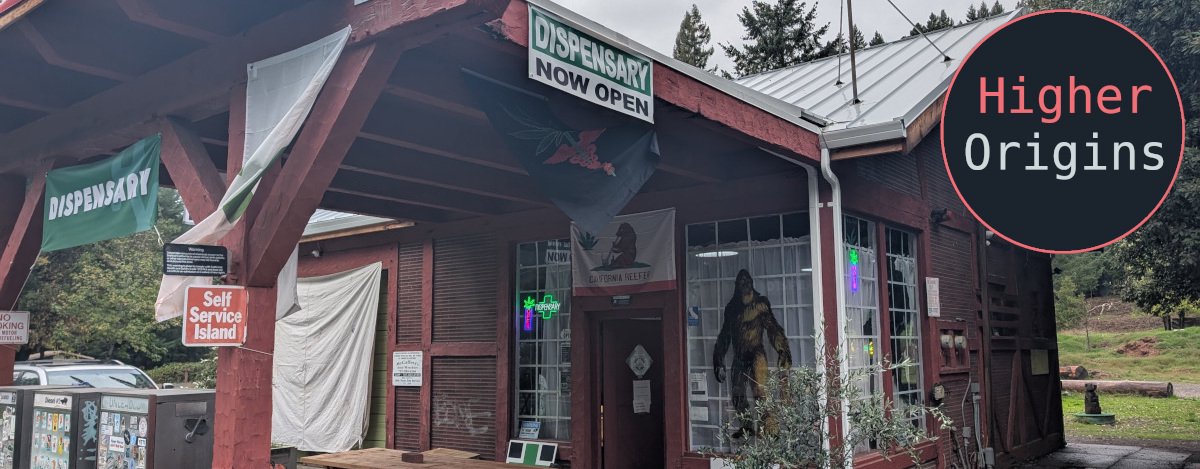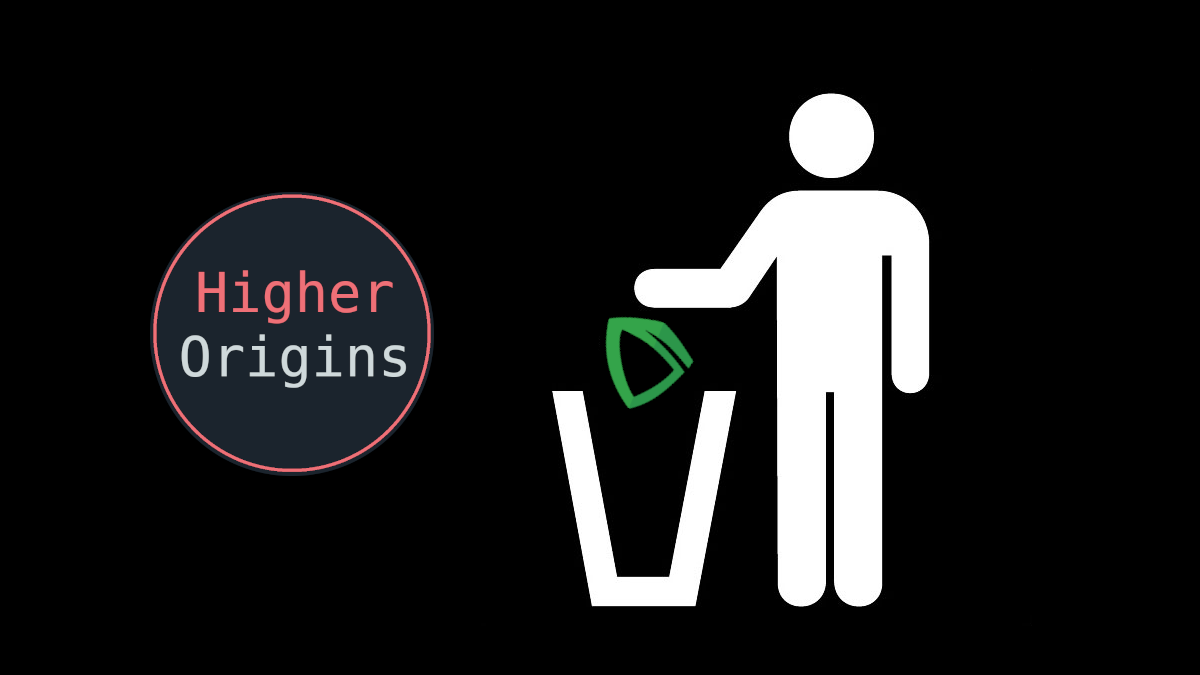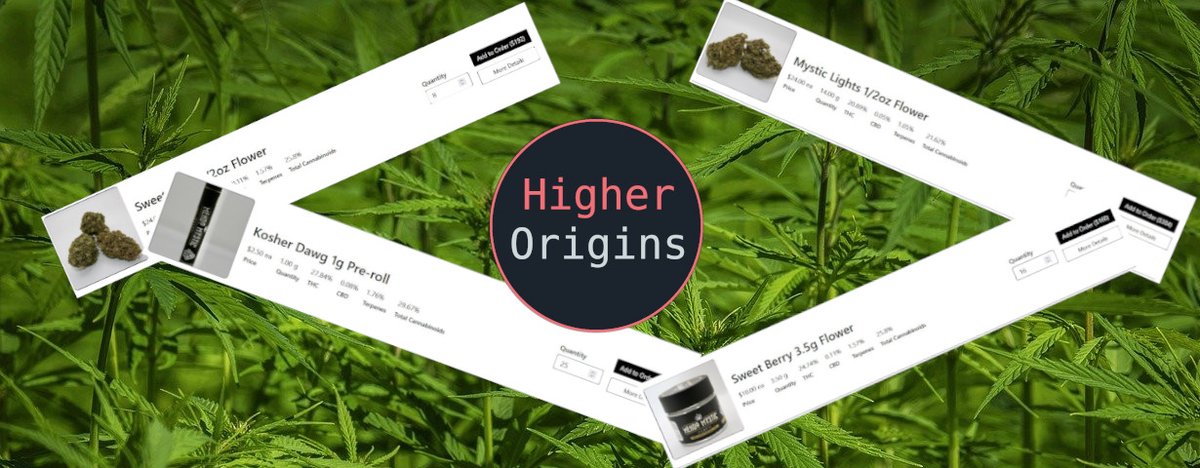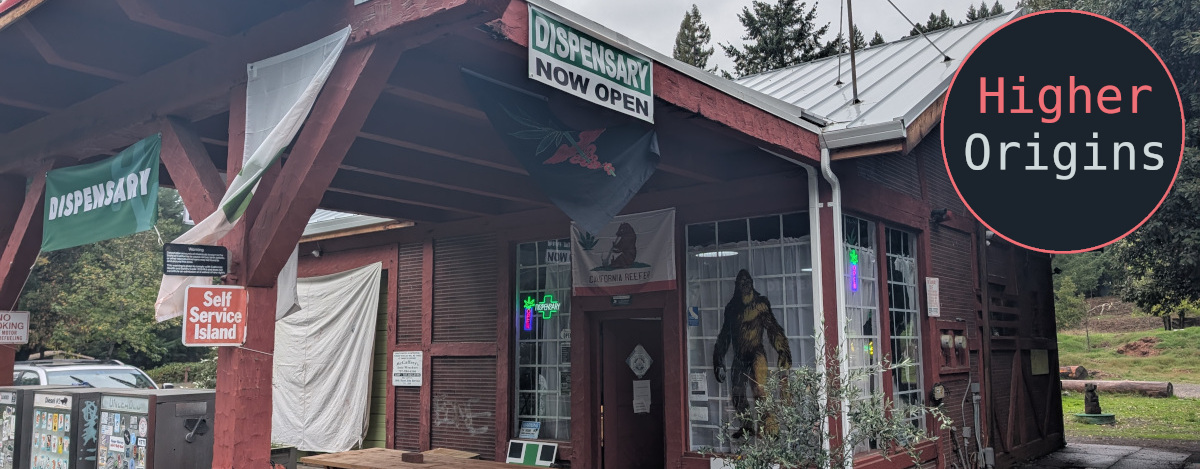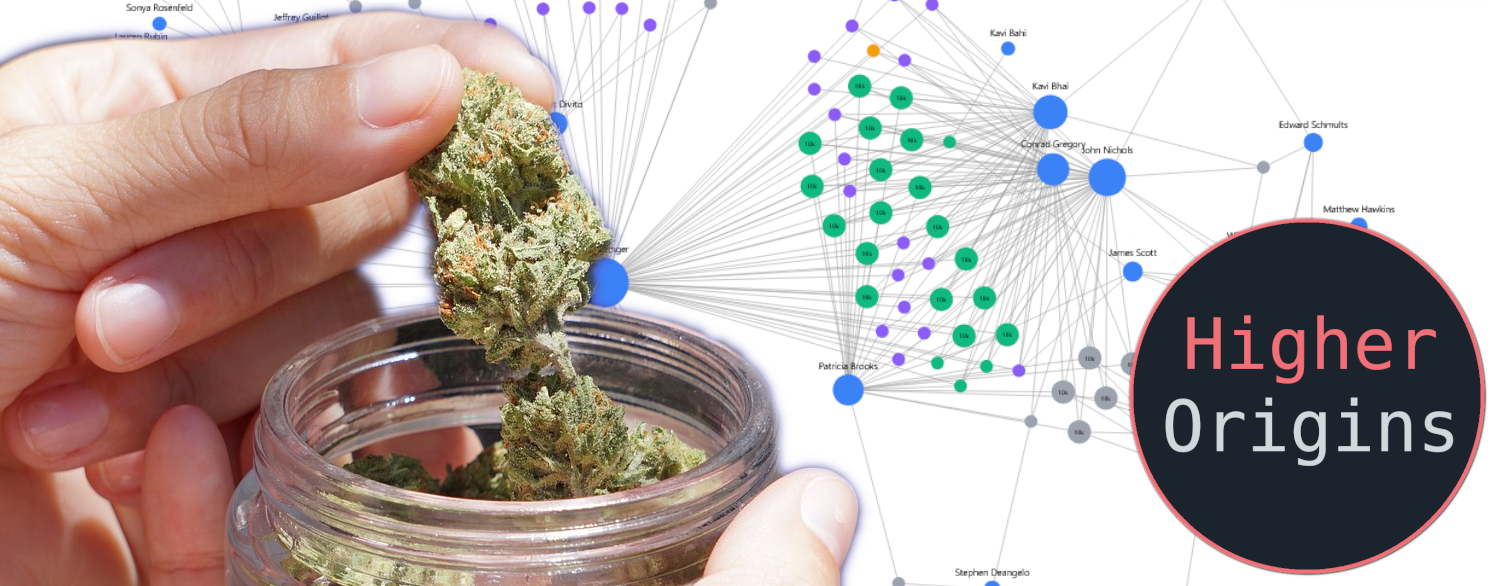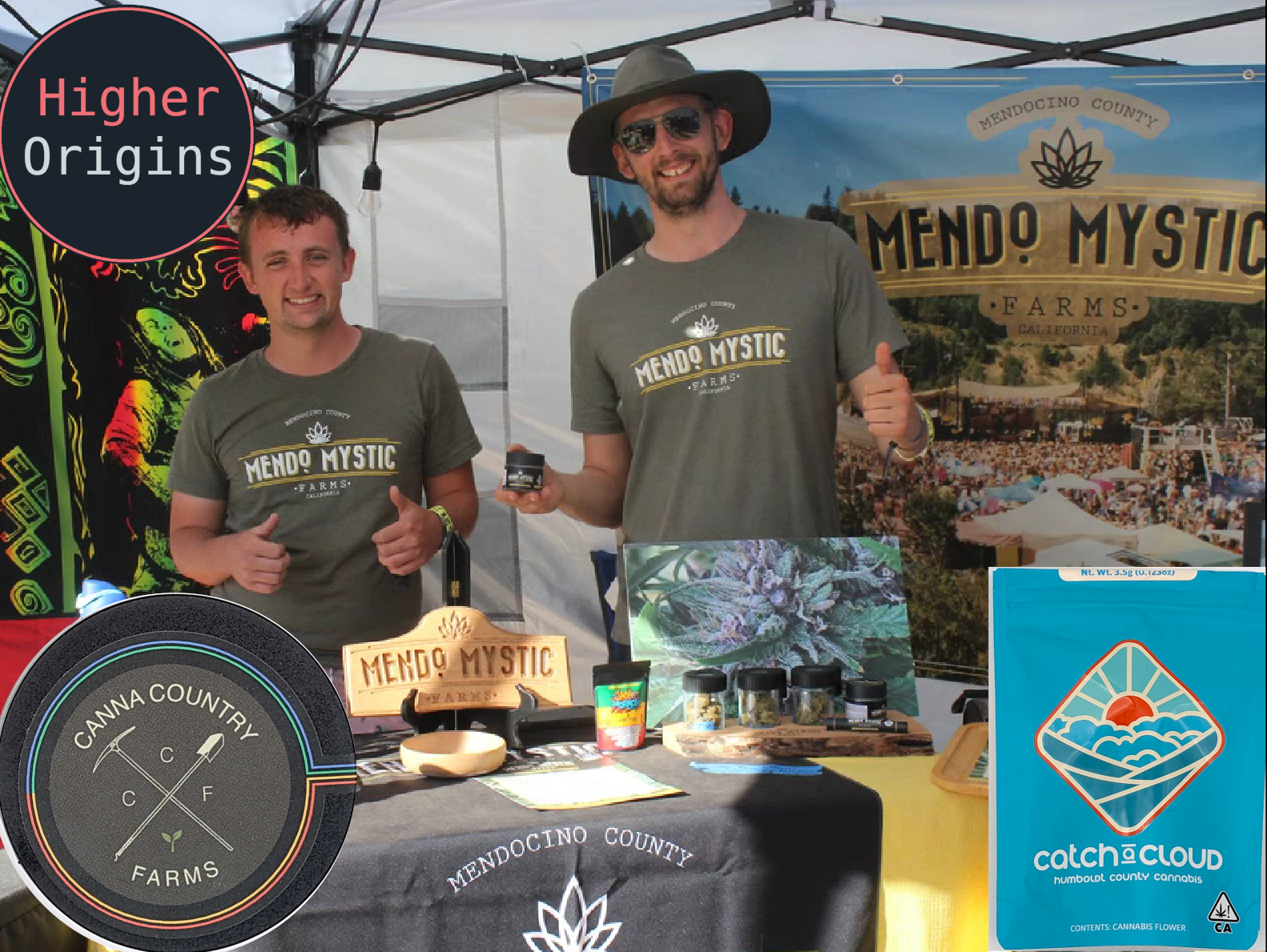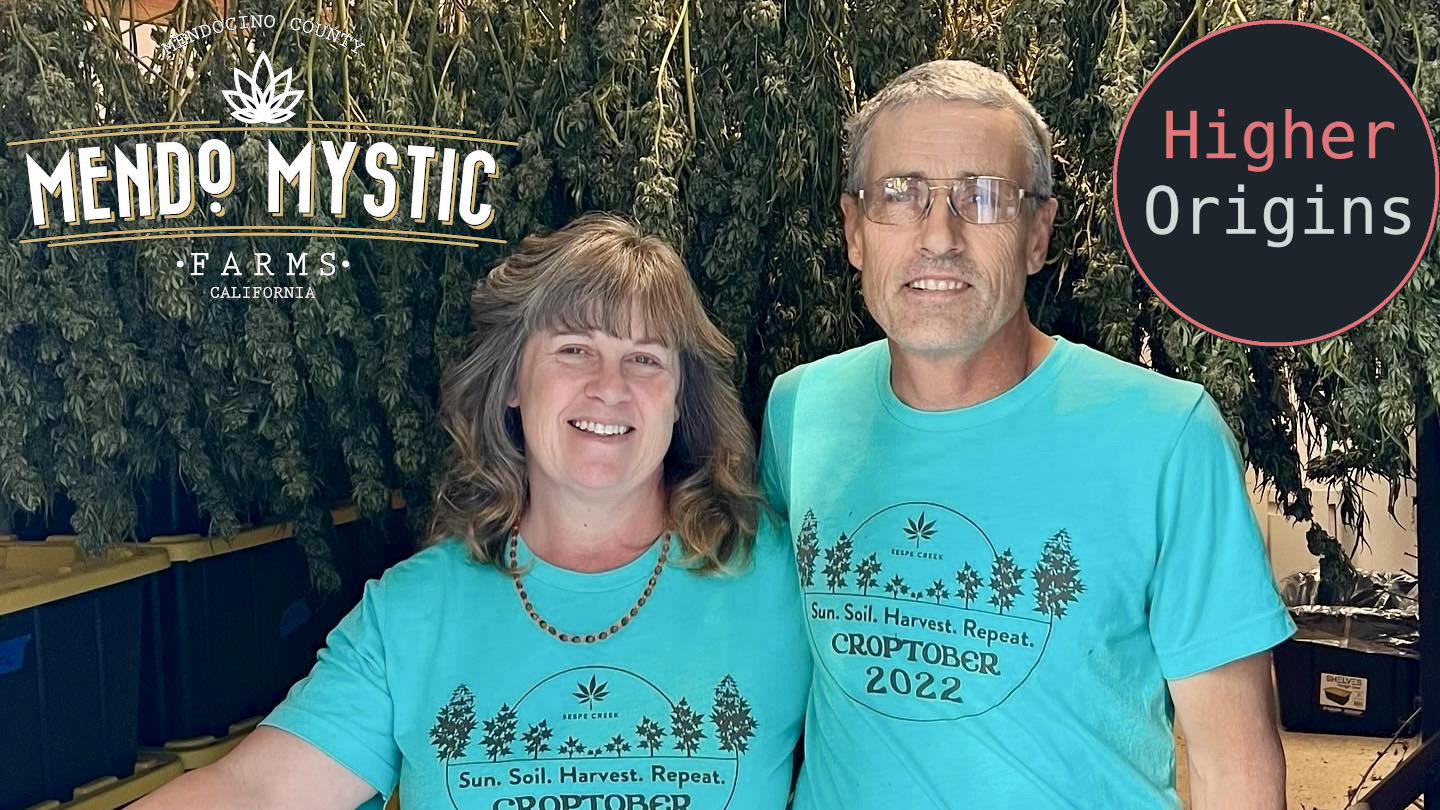Happy 2024!
Now that we've wrapped 2023, we've crunched the numbers on what's been happening in the California cannabis industry. Read on for insights on how everything is going, and our analysis of what's happening.
These insights are derived from State data from the California Unified License Search which can be found here. Also, we've created a more user-friendly quick lookup version of this search here for your convenience.
Market Overview

License wise, cultivation is still going strong on its negative trend of losing between 700 and 800 licenses per quarter. This clearly demonstrates that the current regulatory and commercial market is not supporting legal cannabis cultivation. As we'll see in the below graphs, some of these licenses were converted to Large, but even then, the downward trend remains severe.
Both manufacturing and commercial licensing averaged flat or slightly negative this year, with a summer boost in commercial licensing getting erased by the end of the year.
Let's dive into cultivation!
Cultivation

When we talk about cultivation, we prefer to speak in terms of square footage of grow area. Licenses don't show the whole story, because licenses all have different allowable square footage.
The downward trend seen on the license graph is reflected in the downward trend in Outdoor cultivation, the largest category by far, with a slight bump in mid-year due to square footage that was converted under the Large licensing option. Still, we're looking at around a ~13% drop in outdoor cultivation this year.
Mixed light follows the same trend as outdoor, with some large conversion and a consistent negative trend.
Indoor on the other hand is remarkably stable, likely due to the stable cashflow of multiple annual harvests coupled with the high setup infrastructure costs.

Let's break the market down regionally by business size. When we say business size here, we mean the amount of active licensed square footage attributed to a specific registered company. This helps us determine the market breakdown of what scale of companies are operating where- from the tiny backyard OG's to the commercial mega-farms.
At the end of the year, Humboldt leads the pack as the county with the most total grow area, driven largely by small-medium sized businesses- no surprises there, cultivation behind the Redwood Curtain has always been small and local.
S
anta Barbara, in second place, also follows it's trend of past years: huge farms dominate the market there, and in fact Santa Barbara holds the majority of mega-farms in the state.
Spots 3-5 step down in total area significantly, but stay in NorCal, with Mendocino, Lake, and Trinity of somewhat similar size made up of mostly businesses, although Lake has a much wider variety of operators.
LA keeps things small for practical reasons: there's no room to grow big farms in the sprawl of a megacity.

Now, let's look at what sizes of cultivation businesses are expanding, and where.
Humboldt coming in strong! Small/medium farms there added a full 400k of footage this last quarter. Strong growth from the Triangle- We love to see it!
Santa Barbara in second place, with relatively large businesses making up about half the growth of Humboldt.
The rest of the significant growth across the state is exclusively from small businesses.

In terms of losses, they completely cancel out the significant growth of the last quarter, in line with the overall trend.
The megafarms of Santa Barbara got hit hard. When you account for the ~225k footage added, SB is still down about a Million square feet last quarter.
Humboldt's losses beat out it's growth by about 100k square feet, not a huge margin in a county with ~18 Million square feet to work with. If this trend continues, we may be able to consider Humboldt to be quite the stable market in future quarters.
Mid-sized businesses in Lake County lost a significant chunk, and the losses among small farms roughly broke even with gains.
The rest of the state's significant losses sit well below 100k per county among small farms.

So after those gains and losses, how does the overall market share across different sizes of cultivators look?
Historically, the trend has been roughly ~50% small, ~25% medium, and ~25% large businesses.
That historic trend still seems to be roughly correct, with a slight loss over last year for very large businesses.
Large Licenses
Starting this year, the new Large License type was opened to cultivators. We've written extensively about this topic here, but the basic idea is that now cultivators can license more canopy under a single license. The issue is that the State doesn't actually report how much square footage a licensee has under their Large license(s), or if it was newly licensed or aggregated together from other smaller licenses that are now listed as expired. This lack of transparency on the part of the State throws off the numbers, and requires rough estimation based on licensees expired square footage and filing dates with the State.

Let's look at how much existing square footage was converted into Large licenses, and when.
Outdoor conversion exploded- and peaked, in the first half of the year. It appears that most farms that wanted large cultivation were already poised to get it and moved quickly to do so once they were given the option.
Mixed light generally doesn't seem as good a candidate for conversion- naturally, it's much easier to aggregate a lot of open fields in one area than a lot of greenhouses.
There technically is one Large Indoor license on this chart, it's just not significant enough to show up: one 22,000+ square foot operation in Alameda County added in Q2.

Where is Large license conversion occurring?
As expected, the county known for going big, Santa Barbara, dominates the category.
In second place comes Lake, a county with a tumultuous history of large operations.
Humboldt brings up third, with over half a million square feet converted.
Manufacturing
Today on How It's Made: Weed!
My nostalgia for early 2000's nerdy TV shows aside, the cannabis manufacturing industry in California seems to have hit a bit of a snag recently.

Let's look at the overall trend over time.
The second half of 2023 saw a significant drop in licensing for the category, proportional across all license types.

Let's break that down regionally.
Wait, what the hell does "Data Not Available" mean? Well, for some unknown but likely head-scratchable reason, California does not validate county data on manufacturing licenses in their records. "Data Not Available" means that either the licensee simply didn't report their county, or that data point got lost in the bureaucratic sauce.
Wherever it was, manufacturing saw very little growth, practically negligible, with only 4 known counties adding any.

Now, for the losses. In line with the overall trend, manufacturing license came in hard this past quarter.
LA unsurprisingly leads the pack, although tying with Sonoma is interesting given their size discrepancy.
The rest of the state follows behind. One interesting thing to see here is that these losses aren't massively concentrated in one county, suggesting they are the result of general market conditions, not exactly a specific jurisdiction's policies.
Commercial Licenses
Buy it test it grade it pack it, ship it sell it light it rip it... wait, sorry, I was listening to Daft Punk. It's a 2000's day I guess. Anyway, the Commercial license category seems to be moving along, with a mix of flat and downtrends.

Retail seems to be flat, which makes sense considering the well publicized issues of retailers having issues paying their bills- there may not be much cash flow for major expansion. Likewise, California's main Retail region- LA, is considered by many to be reaching a stage of saturation at the current regulatory overhead level, so reduced growth in the overall Retail sector may well indicate that Angelinos have enough weed at the moment.
Distro is distraught. After a year of high-profile distro failures and slim margins, the distribution chain has really taken a blow. It makes sense- with the Herbl implosion fresh in people's minds and Nabis expanding everywhere, people who want to start a distro have a much harder pitch to make at the moment. Another detail- can you believe that two years ago Retail and Distro were basically one to one? In what other industry could there be an equal number of brokers/logistics companies and retailers? It doesn't surprise us that retail and distro continue to diverge.
Delivery saw a boost in the summer, but quickly dropped again, likely due to very thin margins and industry FUD related to the failure of Grassdoor.
The rest of the categories remain pretty flat. One exception, which is too hard to see here, is Testing Labs. With new regulations on testing aimed at increasing consistency, the State has slashed the number of labs that are licensed to operate after 1/1/2024 down to a fraction of the ~40 that remained active through 2023.

Let's look at these changes regionally. First, where was there growth?
Riverside came in strong, leading the state with new retail and distros, and even a microbusiness.
Sacramento also saw some growth, and surprisingly, Orange county tied Sac, despite the OC's political dislike of the herb at the county level.
The rest of the state's additions have few surprises, with the exception of El Dorado- the Tahoe region is slowly expanding their industry!

Finally, let's see where commercial licenses were lost. It seems like a rough time to be an urban Commercial licensee
Alameda got hammered, with the East Bay county taking the most losses last quarter, mostly in Distribution, although the county's microbusinesses also took a hit.
LA unsurprisingly ranks high on the list, followed by Sacramento- both of which lost more microbusinesses than any other category. These mixed use licenses aren't the most common, and the flexible business options they offer come with a mixed bag of legal advantages and disadvantages.
The rest of the state spread the losses pretty evenly.
Conclusions
So, what does it all mean? Here are our main takeaways from this year:
Outdoor cultivation is still on a downward spiral, even accounting for Large conversion which appears to have peaked this past summer- it's possible that all the businesses considering Large consolidation have already done so and we won't see another wave- stay tuned on that one. Overall, Outdoor cultivation is really unsupported regulatorily and by the legal market. Ideally, relaxation or elimination of the most egregious and costly regulations will help block the freefall, but we don't see any positive signs for that from Sacramento on the horizon. There are signs that Santa Barbara's dominance is starting to fade, potentially due to tight investment markets not being able to keep the high-capital megafarms of the county afloat.
Manufacturing's dip this year is noteworthy but not yet evidence of anything catastrophic. We've more or less corrected to late 2021 levels at this point. Next quarter if the trend continues downward, then we should definitely start worrying about what's happening there.
Commercial saw a tumultuous year, and we see that continuing as retail hits competition, distro hits supply chain challenges, and delivery tries to stay afloat on small margins. The impact of loss of lab licenses to the new regulations will be more clearly seen at the end of Q1 of this year. While some will argue that we only lost non-compliant labs and we won't miss them, there's still a big chunk of the testing volume in the state that is up for grabs in the coming months, and it will be interesting to see how that shakes out.
Thanks for reading! We really appreciate every member of the Higher Origins Community for their support, and we're happy to be able to bring you this analysis. If you're a California cannabis license holder, consider Joining our platform, or if you'd like to help out, you can support us here! If you're entirely new to our site, welcome! You can find out what we're about here.
Stay warm out there!
-The Higher Origins team

